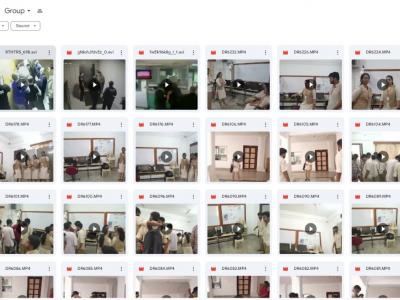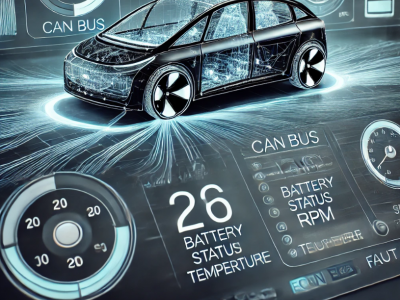Artificial Intelligence

Artificial Intelligence (AI) is revolutionizing telehealth by addressing persistent challenges in diagnosis, patient monitoring, and healthcare accessibility. This data evaluates AI's integration into telehealth systems, emphasizing its transformative role in enhancing diagnostic precision, personalizing treatments, and bridging gaps in healthcare equity. The study explores methodologies such as machine learning, natural language processing, and predictive analytics, presenting their impact on optimizing care delivery.
- Categories:
 48 Views
48 Views
This Dataset is a self-harm dataset developed by ZIOVISION Co. Ltd. It consists of 1,120 videos. Actors were hired to simulate self-harm behaviors, and the scenes were recorded using four cameras to ensure full coverage without blind spots. Self-harm behaviors in the dataset are limited to "cutting" actions targeting specific body parts. The designated self-harm areas include the wrists, forearms, and thighs.
The full dataset can be accesssed through https://github.com/zv-ai/ZV_Self-harm-Dataset.git
- Categories:
 46 Views
46 Views
- The dataset consists of feature vectors belonging to 12,330 sessions. The dataset was formed so that each session would belong to a different user in a 1-year period to avoid any tendency to a specific campaign, special day, user profile, or period.
- Of the 12,330 sessions in the dataset, 84.5% (10,422) were negative class samples that did not end with shopping, and the rest (1908) were positive class samples ending with shopping.
- The dataset consists of 10 numerical and 8 categorical attributes. The 'Revenue' attribute can be used as the class label.
- Categories:
 149 Views
149 ViewsThe dataset was specifically created to address the need for violence detection in surveillance systems. It consists of self-recorded videos simulating different types of violent activities relevant to college environments. The dataset is organized into four distinct classes:
Slap
Punch
Kick
Group Violence
Others - Over Crowding, Loitering, Assault, Abuse
Each video is labeled according to its corresponding class to facilitate supervised learning for violence detection models.
- Categories:
 471 Views
471 Views
To train critique models capable of delivering step-level supervision and constructive feedback for reasoning, we introduce AutoMathCritique—an automated and scalable framework for collecting critique data.
This framework consists of three main stages: flawed reasoning path construction, critique generation, and data filtering. Using AutoMathCritique, we create a dataset containing $76,321$ samples named MathCritique-76k.
- Categories:
 31 Views
31 Views
The proper evaluation of food freshness is critical to ensure safety, quality along with customer satisfaction in the food industry. While numerous datasets exists for individual food items,a unified and comprehensive dataset which encompass diversified food categories remained as a significant gap in research. This research presented UC-FCD, a novel dataset designed to address this gap.
- Categories:
 230 Views
230 ViewsThis dataset comprises raw CAN bus messages collected from five different EV car manufacturers. The primary focus of the dataset is on battery-related messages, although it also includes other general car communication messages. These raw CAN bus messages represent the fundamental data exchanged between various components of the electric vehicle, such as the battery management system (BMS), motor controller, and other electronic control units (ECUs).
- Categories:
 258 Views
258 Views
The U.S. delay dataset is collected from Kaggle(https://www.kaggle.com/datasets/robikscube/flight-delay-dataset-20182022), covering three years of flight data from January 1, 2017, to December 31, 2019. The dataset originally collected includes data from 360 airports. We remove airports with fewer annual flight numbers and select data from 75 medium and large airports for our experiments.
- Categories:
 22 Views
22 Views
The dataset was developed as part of the NANCY project (https://nancy-project.eu/) to support tasks in the computer vision area. It is specifically designed for sign language recognition, focusing on representing joints and finger positions. The dataset comprises images of hands that represent the alphabet in American Sign Language (ASL), with the exception of the letters "J" and "Z," as these involve motion and the dataset is limited to static images.
- Categories:
 67 Views
67 Views

